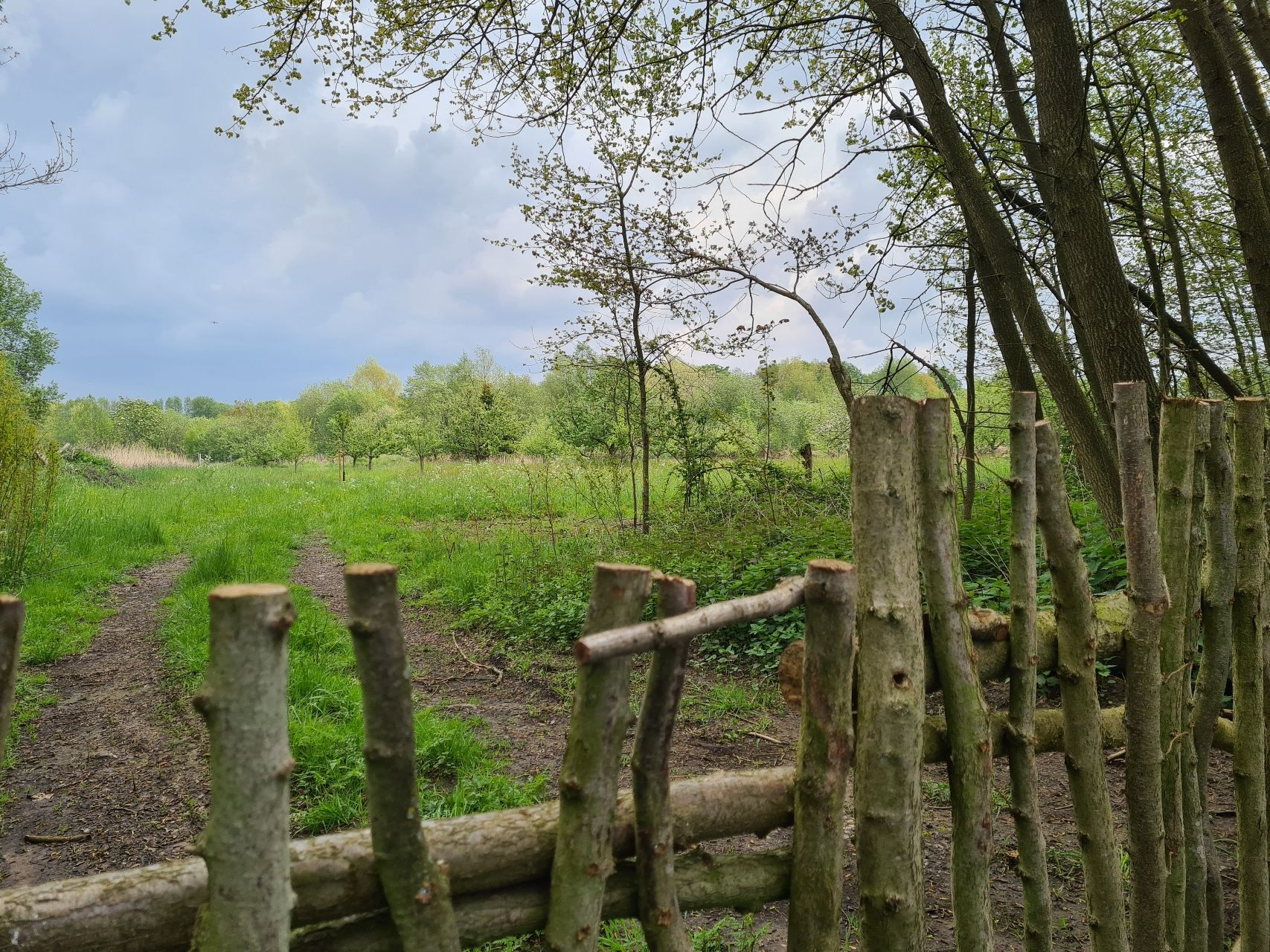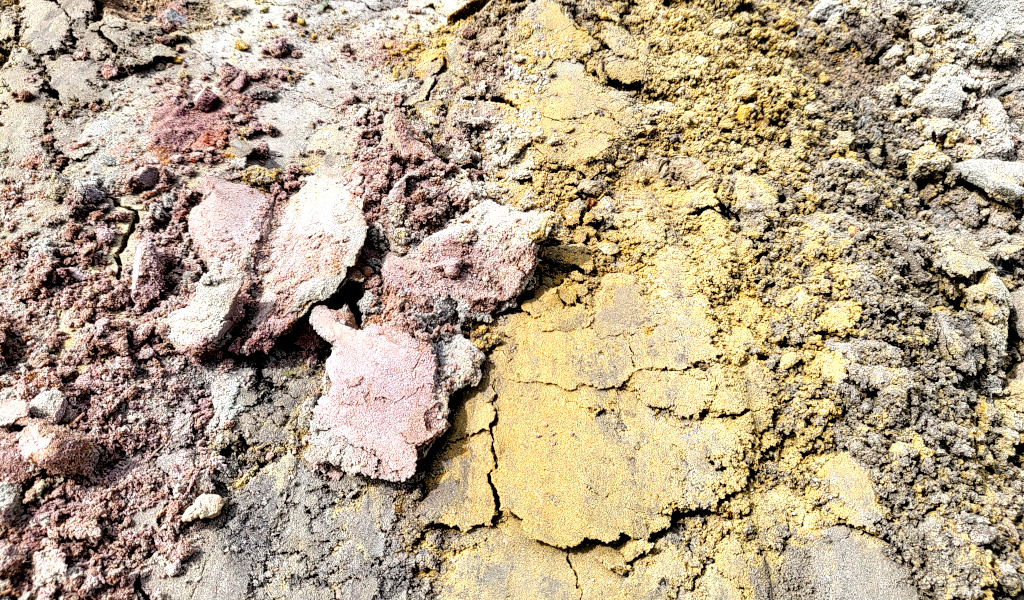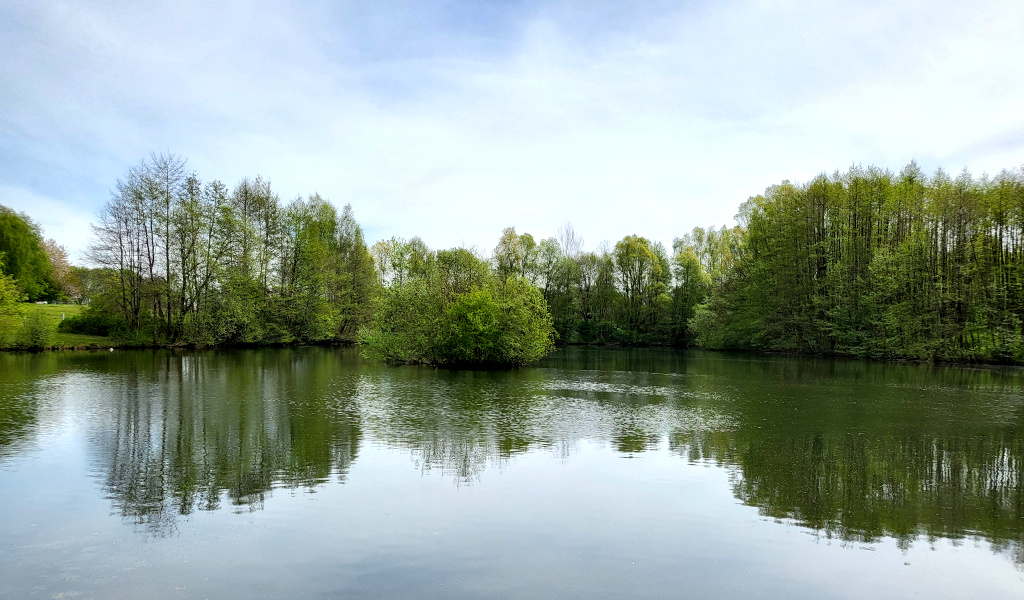When we at Deppe fire bricks from the local clay resources, the result is always a strong shade of red that is characteristic of the architecture in the region. But at its core, our brick is green. In fact, it offers everything you would expect from a natural and sustainable building material. That's nothing new. Greenwashing unnecessary.
Much of what is being communicated as new regarding the sustainability of bricks these days seems self-evident to us as brick manufacturers with the know-how of five generations of brickmakers. Therefore, we only a few new facts to tell (since we've been doing it this way for ages), but we are very happy to report here on well-known and proven practices as well as progress. Fortunately, nothing changes the basic statement: brick is a sustainable building material.
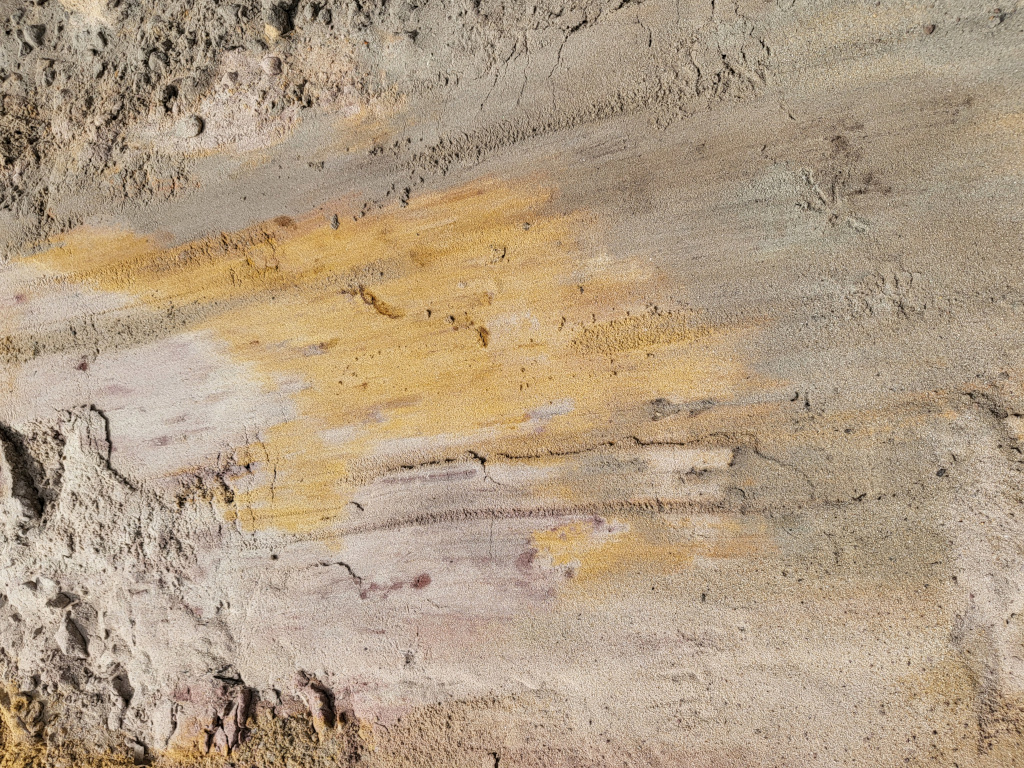
Sustainability = Longevity
Firing our Deppe bricks is energy-intensive. The bricks are fired in kilns at temperatures exceeding 1000 degrees Celsius. This initially consumes a significant amount of energy. However, once this energy is invested, it results in an ecological, durable, and maintenance-free product. Buildings made from brick are constructed to last for generations. There is no need for demolition after 30 years: this is the most sustainable and CO2-friendly way to build.
The crucial keyword in this context is the lifecycle. A building made with double-walled brick construction inherently reduces energy comsumption drastically. While a brick building has a lifespan of many decades (sometimes even centuries) with minimal maintenance required, lightweight construction buildings often need renovation or demolition and reconstruction after just a few decades. Brick houses, on the other hand, maintain their value, fetch good prices upon sale, can be easily adapted to changing requirements, and are flexible for extensions and modifications. And if a brick house is eventually demolished, which may take many decades, over 90 percent of the building material can become a secondary raw material source.
Naturally Progressive
We have been working consistently and successfully for many years to further reduce our production-related CO2 emissions. We generate a significant portion of our electricity through a micro gas turbine and a photovoltaic system, naturally utilizing the waste heat from the kiln and the micro gas turbine in the manufacturing process. A flue gas heat recovery system has made the heat from the exhaust stream usable for our preheaters and dryers via a heat exchanger since early 2024. Our packaging machine is no longer powered by natural gas and has been running electrically since spring 2024. Soon, a wind turbine will hopefully support us in significantly increasing the share of renewable energy used in the production process. We are also looking into new technologies to eventually eliminate the use of natural gas entirely.
Measurable Information Instead of Buzzwords
DIN EN ISO 50001 Certification:
For us, sustainability also means handling resources responsibly throughout the manufacturing process. That is why we have implemented an energy management system that meets the requirements of DIN EN ISO 50001:2018. This system helps us continuously improve our energy performance and systematically record, analyze, and optimize our energy consumption. The corresponding certificate is available for download.
Our latest Environmental Product Declaration (EPD) was published in spring 2023 by the Institute for Construction and Environment and is an independently verified and registered document that provides transparent and comparable information about the environmental impacts of facing bricks and clinker produced by member companies of the Federal Association of the German Brick Industry e.V. For this declaration, data from 11 of the members, including Deppe, was provided from the year 2021. EPDs make it easier for architects and builders to plan sustainable buildings and allow different construction methods to be compared in terms of their ecological quality during the planning phase. EPDs provide measurable information for assessing the ecological quality of buildings and are thus essential pillars for sustainability certification.
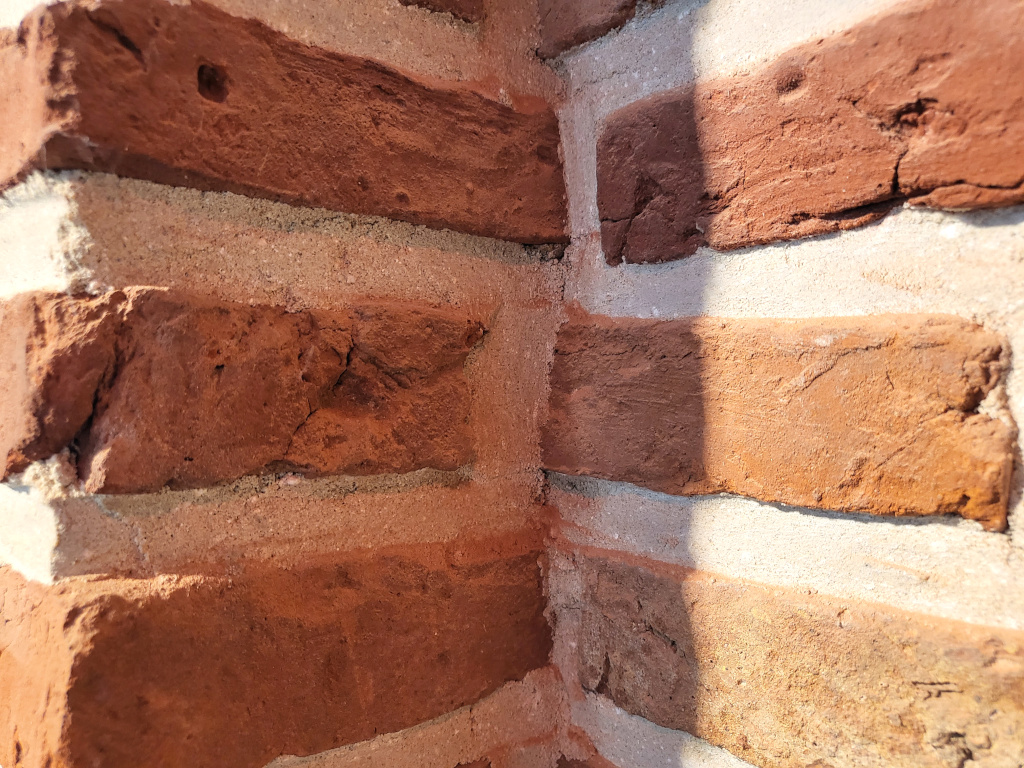
Brick Has More Than One Life
Old bricks are a sought-after building material. If old bricks are dismantled as cleanly as possible, they can be directly reused for new buildings or renovations. If this is not the case, they can be reused in road, pathway, and sports field construction (the red color of tennis courts is not by chance) or as plant substrate, thus re-entering the material cycle. More information can be found here.
Nothing goes to waste
Bricks are produced resource-efficiently here at Deppe. There is no waste in our production process; all leftovers, whether they occur during material preparation, pressing, drying, or even after firing, are 100 percent reintegrated into the production cycle. It has always been this way.
Comfortable Climate
Bricks reduce the energy consumption of buildings when used in double-skin construction and thereby lower CO2 emissions in the long term. This saves heating energy, and statutory values can be easily met. A weatherproof layer of brick is placed in front of the inner wall, with an insulation layer inserted in between. Brick walls have a climate-regulating effect, meaning they balance temperature fluctuations: in extreme heat, the interior of a brick house remains pleasantly cool for a comparatively long time, and in frost, a brick building cools down very slowly. This effect of delayed heat absorption and release is called phase shift. Houses built in double-skin construction easily meet the passive house standard. Of course, active houses can also be built from brick.
Brick Is a Natural Building Material
Our "ingredient list" is short. Bricks, facing bricks, or bricks from Deppe, no matter what we call them, are free from chemical additives and are a pure natural product. They consist of clay, water, fire, and air. That's why they are good for the climate – both indoors and outdoors. Brick walls are vapor-permeable, meaning they not only absorb moisture well but also release it quickly and evenly. All without chemical treatments. With the natural building material brick, health-conscious building is simple. Bricks release no harmful substances during production, processing, or later in living spaces. Skin or mouth contact is non-toxic and does not cause allergies. Additional coatings are unnecessary.
Short Distances
Our raw material has short transport routes. Most of the raw material extraction takes place in clay pits directly on the Deppe company premises.
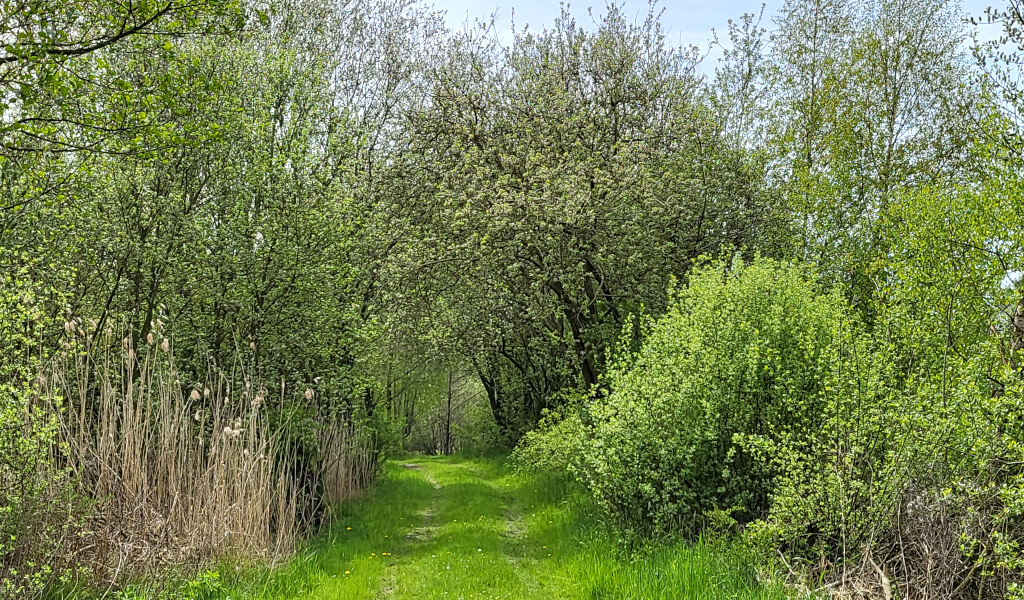
Always beautiful: Renaturation
From our quarrying areas, untouched nature is restored within a few years! For extracting our clay, we only utilize small areas and progressively mine the raw material there. These areas were previously intensely used for agriculture. In plain terms: we do not excavate nature reserves. Instead, former agricultural lands are transformed into nature reserves after extraction ends. As we conclude extraction in one section, the transformation into conservation areas begins. This means every clay extraction pit is gradually returned to nature. We always collaborate with environmental authorities in this process. The resulting biotopes provide diverse new habitats for plants and animals.
If you take a walk around our brickworks' neighborhood, you'll discover extensive green oases with ponds, wetlands, nesting aids for storks, hedgerows, orchards, and wildflower meadows.
Demolition Bricks
By the way, here at Deppe, we also take back old demolition bricks after checking for purity (preferably with minimal content of other materials like concrete, etc.) and reintegrate them into our production process. Feel free to contact us at Tel. 05942 92100 or info@deppe-backstein.de if you have old Deppe bricks to dispose of.
